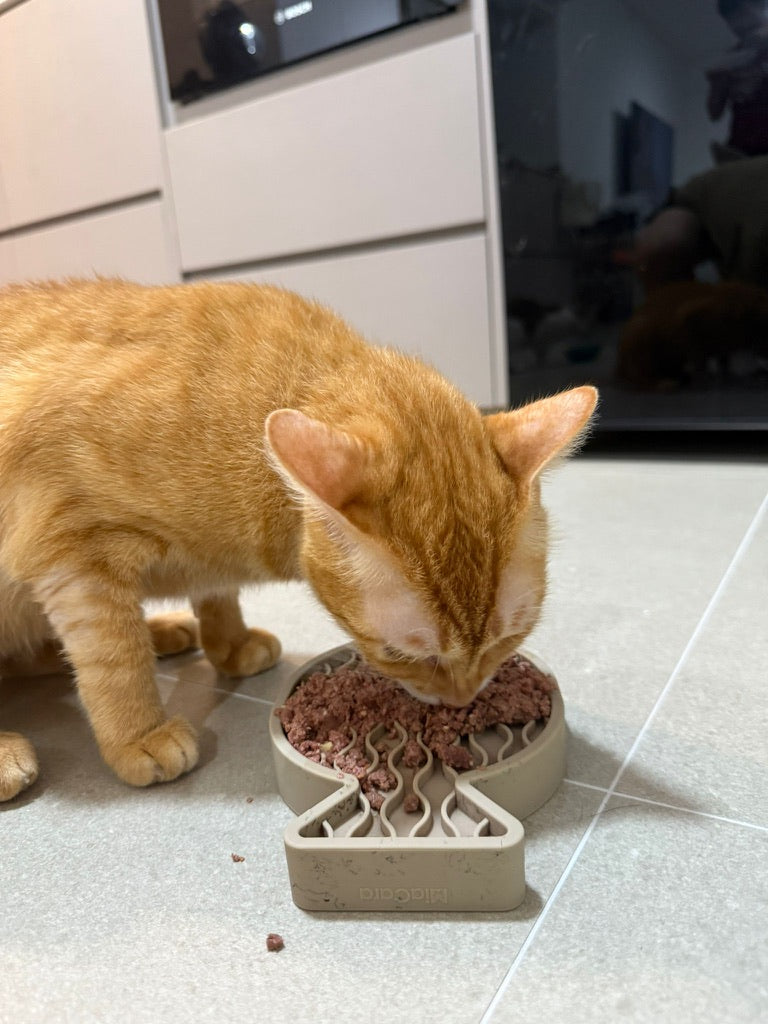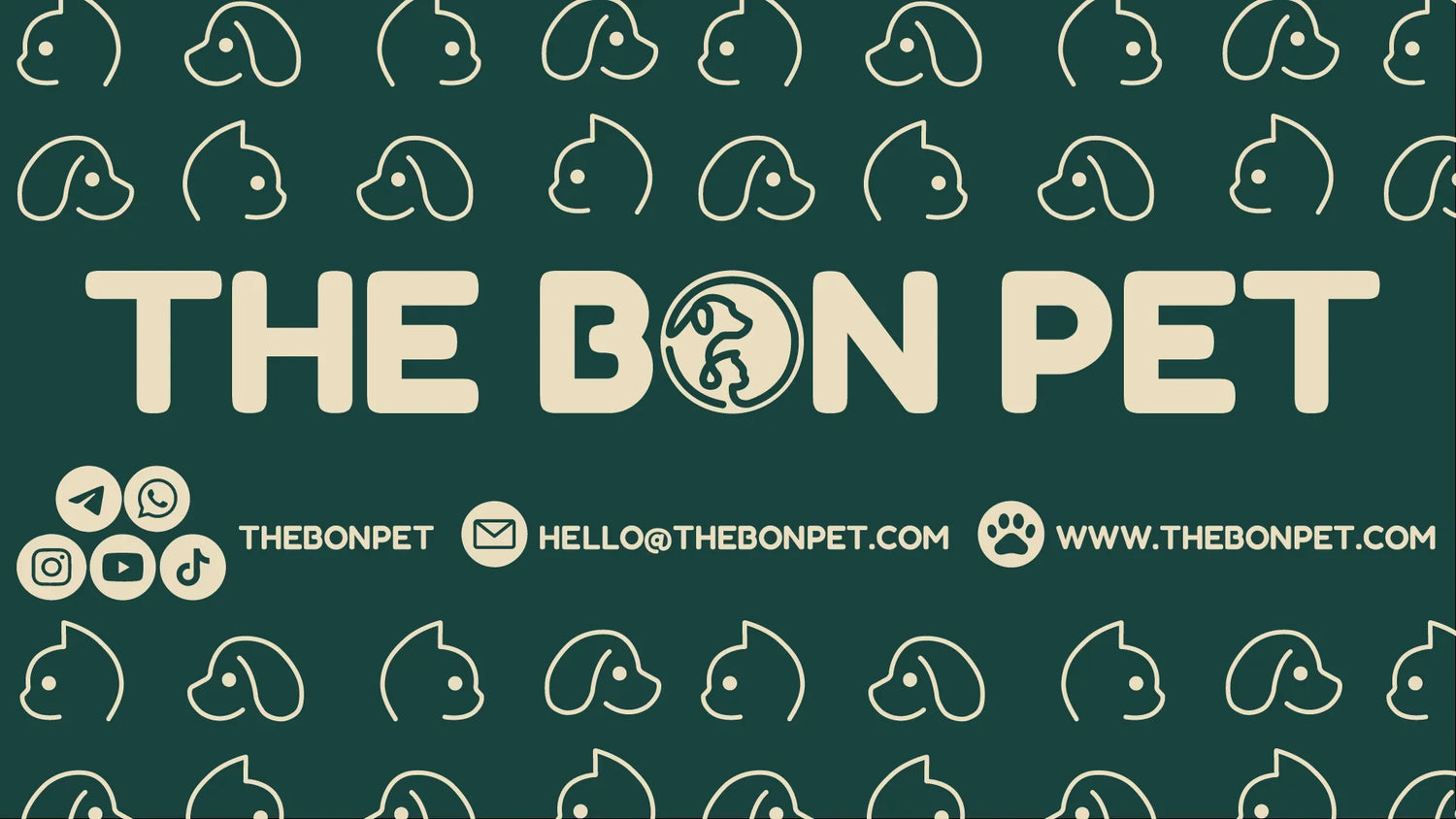
What To Do If Your Cat Is Underweight — And What Type of Food To Feed
What To Do If Your Cat Is Underweight — And What Type of Food To Feed
Cats are naturally selective eaters, but when your cat starts losing weight or looking too slim, it can be a sign that something isn’t quite right. An underweight cat might be struggling with appetite, nutrition absorption, or an underlying health issue. Knowing what to do — and what to feed — can help your cat regain a healthy weight safely and sustainably.
🐾 Signs That Your Cat May Be Underweight
The ideal weight for a cat depends on breed, age, and size, but there are simple ways to check. If you can easily feel or see your cat’s ribs, spine, or hip bones, or notice a dull coat and low energy, your cat may be underweight. Other common signs include:
- Reduced appetite or skipping meals
- Lethargy or less playfulness
- Dry, flaky skin or poor coat condition
🐱 What To Do If Your Cat Is Underweight
The first step is to consult your veterinarian. Weight loss can be linked to dental issues, digestive problems, hyperthyroidism, or other medical conditions that require treatment. Your vet can rule out these causes and advise on a safe feeding plan.
At home, you can support your cat’s recovery by:
- Feeding smaller, more frequent meals to encourage appetite
- Providing access to fresh, clean water at all times
- Reducing environmental stress (e.g., noisy areas or feeding competition with other pets)
🥩 Choosing the Right Food for an Underweight Cat
Feeding your cat the right type of food is key to helping it regain weight safely. Look for high-quality, nutrient-dense, and protein-rich options that are easy to digest. Here’s what to prioritise:
1. High-Calorie, High-Protein Meals
Underweight cats need extra energy and protein to rebuild muscle and restore body fat. Choose meals that are rich in animal-based protein like chicken, beef, or kangaroo. These provide essential amino acids for strength, recovery, and energy.
2. Complete and Balanced Nutrition
Always ensure the food meets or exceeds AAFCO Nutritional Standards for cats. Balanced meals provide the right mix of proteins, fats, vitamins, and minerals — especially taurine, which supports heart and eye health.
3. Digestibility and Palatability
Some cats struggle to eat hard kibble, especially if they have dental issues or low appetite. Gently cooked meals with soft textures and rich aroma can encourage eating and improve digestion.
🍗 The Bon Pet’s Gently Cooked Range for Cats
At The Bon Pet, our Gently Cooked meals for cats are made with human-grade ingredients — the same quality you’d expect in your own kitchen. Each recipe is crafted with PhD pet nutritionists to meet AAFCO standards, ensuring your cat gets complete, balanced nutrition for healthy weight gain and maintenance.
Our recipes include:
- GC Chicken for Cats — Lean, high-protein chicken with essential taurine and vitamins
- GC Beef for Cats — Rich in iron, B vitamins, and amino acids for energy and coat health
- GC Kangaroo for Cats — A novel, hypoallergenic protein ideal for sensitive stomachs
Each meal is slow-cooked sous vide at 80°C to preserve nutrients and moisture, then flash-frozen for freshness. This gentle cooking method makes the food safe, easy to digest, and highly palatable for even the pickiest eaters.
🩺 Final Thoughts
If your cat is underweight, the goal is steady, healthy weight gain — not a quick fix. Start by consulting your vet, then feed your cat nutrient-dense, human-grade meals made with real meat and balanced nutrition.
With patience, care, and high-quality food, your cat can regain a healthy weight, improved energy, and a shiny coat — a sign of true wellbeing.
Because at The Bon Pet, we believe every cat deserves real food, made with real care. 🐾


 WhatsApp us!
WhatsApp us!